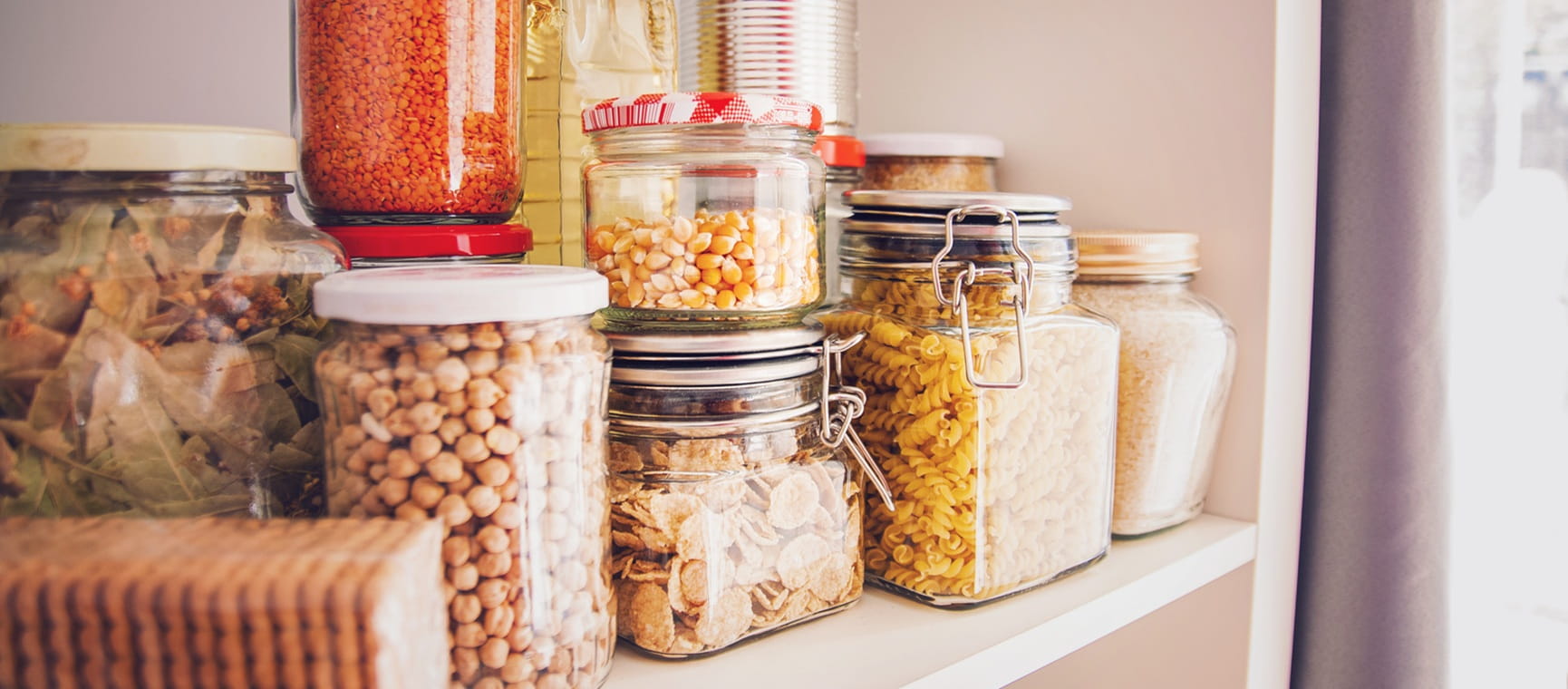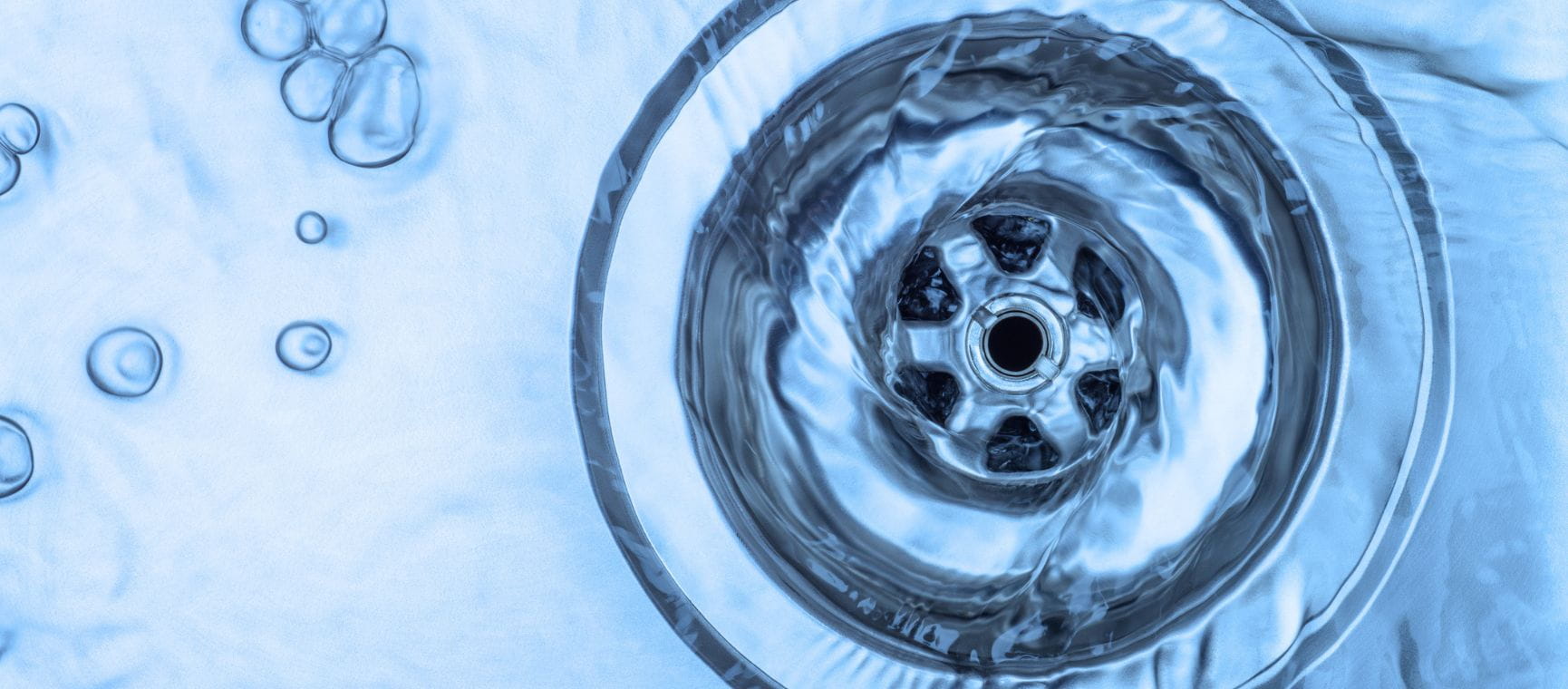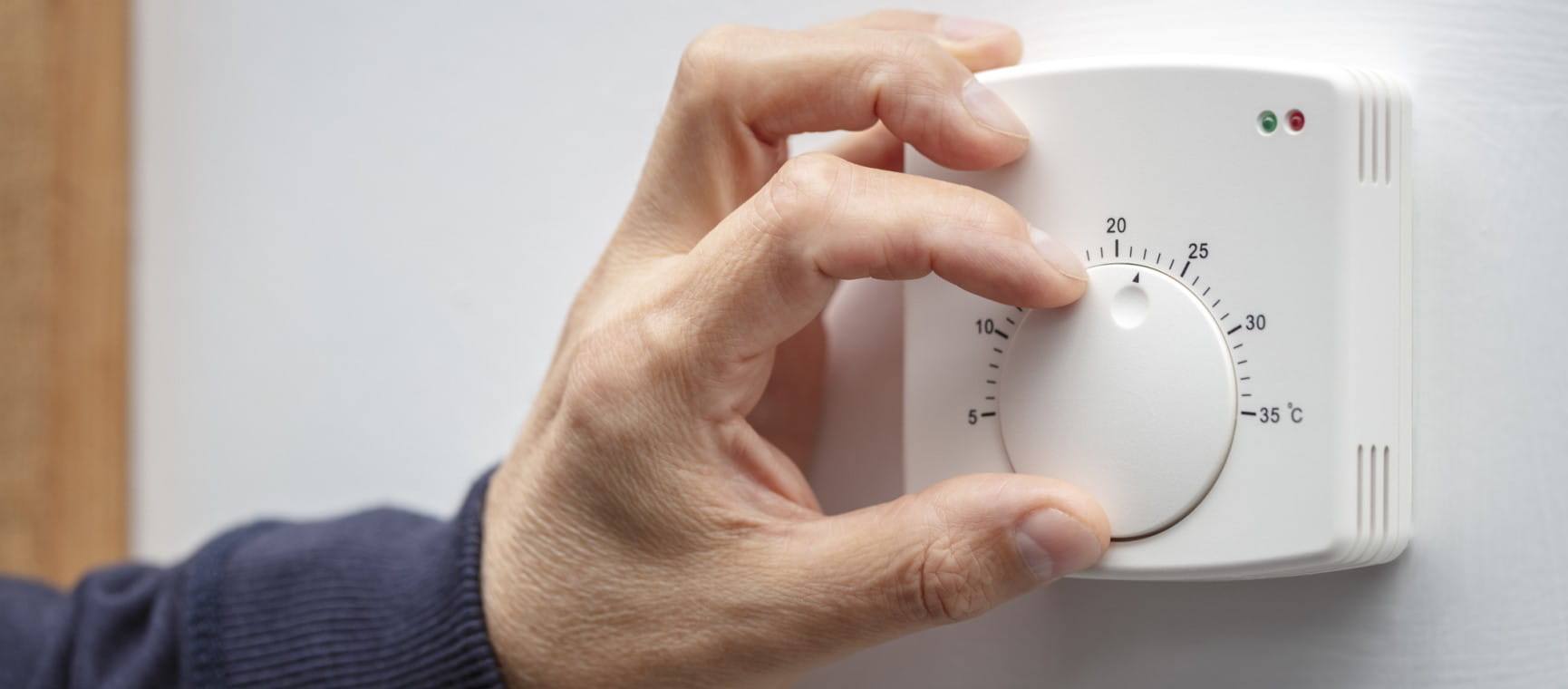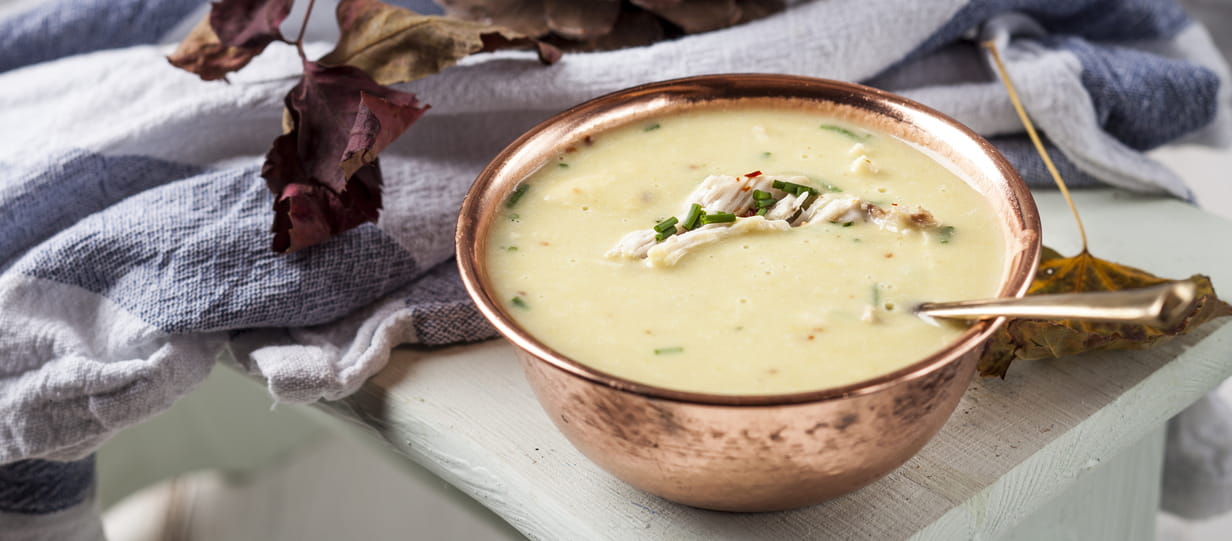Homes
Practical advice, real-life reviews and design inspiration to help you create the home you’ve always wanted.
.jpg)
Why you should never squeeze your teabag – and other golden tea-making rules
Want to make the perfect brew? Then follow these expert tips

8 ways to keep warm - without turning up the heating

Winter energy scams are at record highs – how to keep your money safe and beat the fraudsters
A top consumer champion shares his 6 top tips on how to tackle the winter energy scams.

How well stocked is your store cupboard?

How to save on your heating bills every month

10 things you should never put down the sink

How to avoid Christmas dinner mistakes by a top Saga cruise chef

What to buy in Aldi for your Christmas food shop
We’ve tasted all the Yuletide treats that Aldi has to offer – these are our must-haves for your festive big shop.

What temperature should your heating be? And 3 common mistakes to avoid
Are you making these heating mistakes? How to ensure you and your home are warm this winter.
.jpg)
Why you should never squeeze your teabag – and other golden tea-making rules
Want to make the perfect brew? Then follow these expert tips

The best tinned cream of chicken soup: tried and tasted
Our expert tasters put supermarket and top brand tinned cream of chicken soup to the test to find out which is the best to buy.

How to keep warm for less - and why it matters to your health
Staying warm is important to protect our health. Here's how to achieve it without bumping up your energy bills.

Win a wine tour
Enter our competition to win a guided wine tour, lunch and overnight stay, worth more than £600, in the South Norfolk countryside.

Can you really cook Christmas dinner in an air fryer? We put it to the test
We challenged our expert to cook a festive feast in her air fryer. Here’s what she learned.

For a limited time, enjoy 3 issues of Saga Magazine for just £1. Receive the next 3 print editions delivered direct to your door, plus 3 months’ unlimited access to the Saga Magazine app—perfect for reading on the go.
Don’t miss your chance to experience award-winning content at an exceptional price.
Play our free daily puzzles
Beat the boredom and exercise your mind with our selection of free puzzles.



